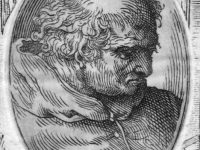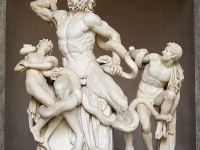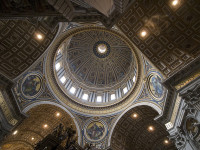Donato Bramante and the Invention of the High Renaissance Style
On April 11, 1514, Italian architect Donato Bramante passed away. He introduced Renaissance architecture to Milan and the High Renaissance style to Rome, where his plan for St. Peter’s Basilica [3] formed the basis of design executed by Michelangelo.[1] His Tempietto (San Pietro in Montorio) marked the beginning of the High Renaissance in Rome (1502) when Pope Julius II appointed him to build a sanctuary over the spot where Peter was allegedly…
Read more





